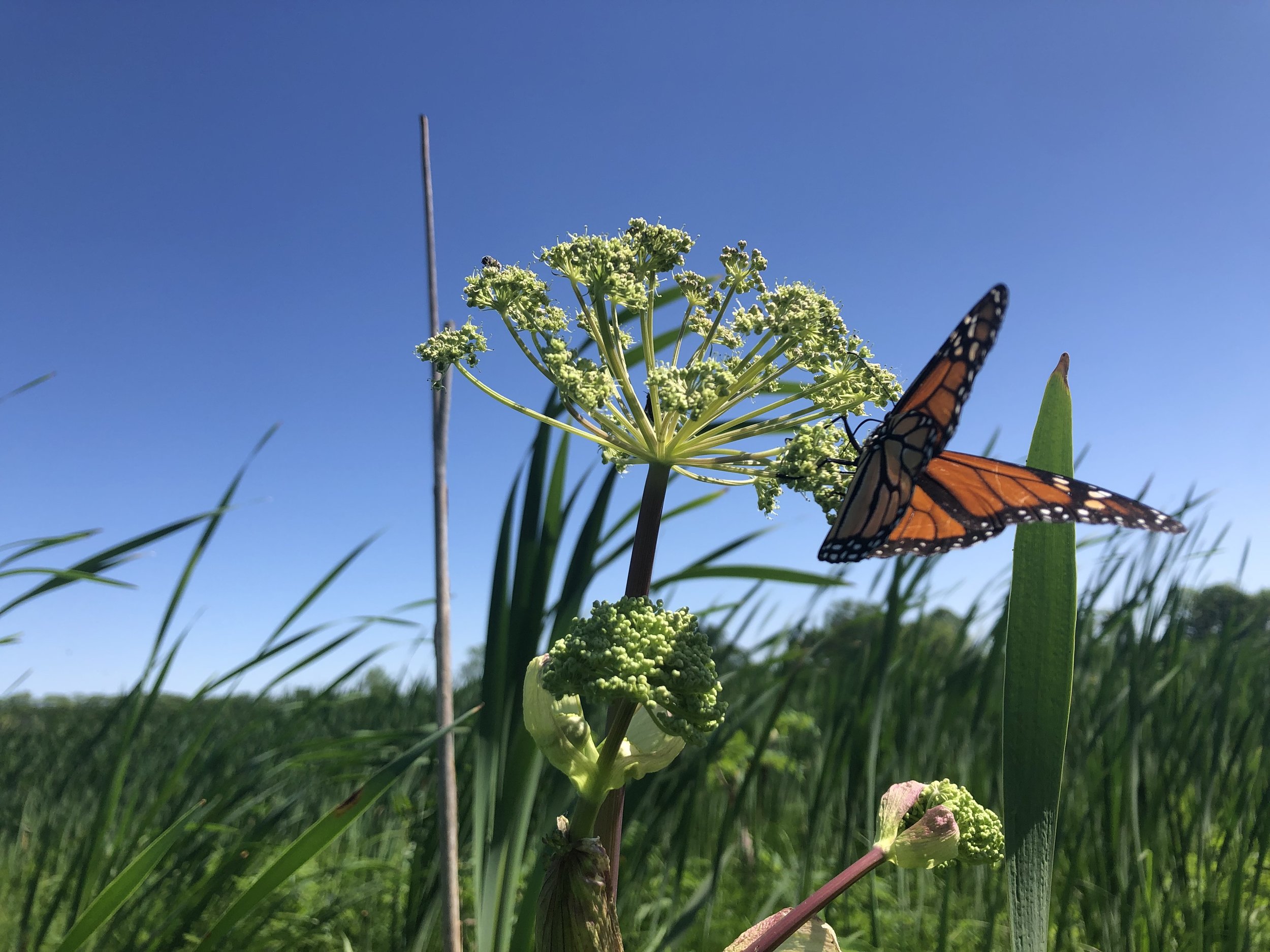To begin discussing a Wilson's Snipe one must start with its call (listen to it here). Haunting and eerie in composition, the snipe's signature perhaps reflects human feelings towards the areas it inhabits: wetlands and bogs, marshes and swamps. These are marginal areas of little apparent use, though the snipe uses its bombastic winnowing on these grounds to attract mates and scare away predators. Its call is in fact not a call or vocalization, but rather the passage of air through primary feathers as the bird swirls through its wetland residency.
I knew the call of a snipe long before I knew that a snipe made the call. It seemed amazing that such a call could come from such a shorebird. Short and stocky, with a long straight bill used for probing invertebrates, the snipe appears diminutive and awkward. Yet once flushed, the birds zig-zag in flight and incite riotous calls from nearby Sandhill Cranes and Red-winged Blackbirds. Mallards fly from the springs where a few days ago three snipe flushed as I approached a relatively fresh deer carcass. No doubt these birds were taking advantage of the invertebrates doing the work of cleaning the deer.
Two Wilson’s snipes stand in shallow wetlands, one with just its long beak underwater rooting for bugs. Photo by Arlene Koziol
Wilson's Snipe are named for Alexander Wilson, a famous ornithologist. The bird's Latin name (Gallinigo delicata) means “resembling a hen.” This likely refers to the heavy chest of the snipe. Huge pectoral muscles account for one quarter of the bird's weight and help it to achieve speeds of up to 60 miles per hour in flight. The etymology of the word “sniper” originates from British soldiers hunting snipe in India, where they were said “to snipe” these erratic and winnowing birds.
Here at Faville Grove, you can't snipe the Wilson's Snipe, though you can enjoy their winnowing calls if you can find them. The wet prairies offer excellent habitat for the snipe, and standing on the south-easternmost exposure of Waterloo Quartzite listening for snipe makes for an excellent spring evening as they migrate through in great numbers.
A Faville Grove wetland, complete with iconic flora and fauna! Photo by Drew Harry
During the Faville Grove summer, it’s been thought that the snipe are absent from the prairies here, moving to more northern areas of Wisconsin. However, in the past few weeks I’ve listened at the ledge on evenings as the snipe continue winnowing. About a week and a half ago, the interns and I were making our way through the wet prairie of the Lowlands South. Upon reaching an open area that had dried down from standing water earlier in the year, I noticed a short “puff ball” running along the ground. Quickly snapping pictures, my mind reeled as to the identity of the species, but a hint quickly flashed from the nearby cattails—an adult Wilson’s snipe!
The little puff ball in action. Photo by Drew Harry
Reviewing my pictures confirmed that the young fledgling was indeed a snipe. Rare nesters in southeastern Wisconsin, this is the first Breeding Bird Atlas conformation for Jefferson County, and a wonderful addition to the summer breeding birds of Faville Grove.
Written by Drew Harry, Faville Grove Sanctuary land steward
Cover photo by Arlene Koziol








